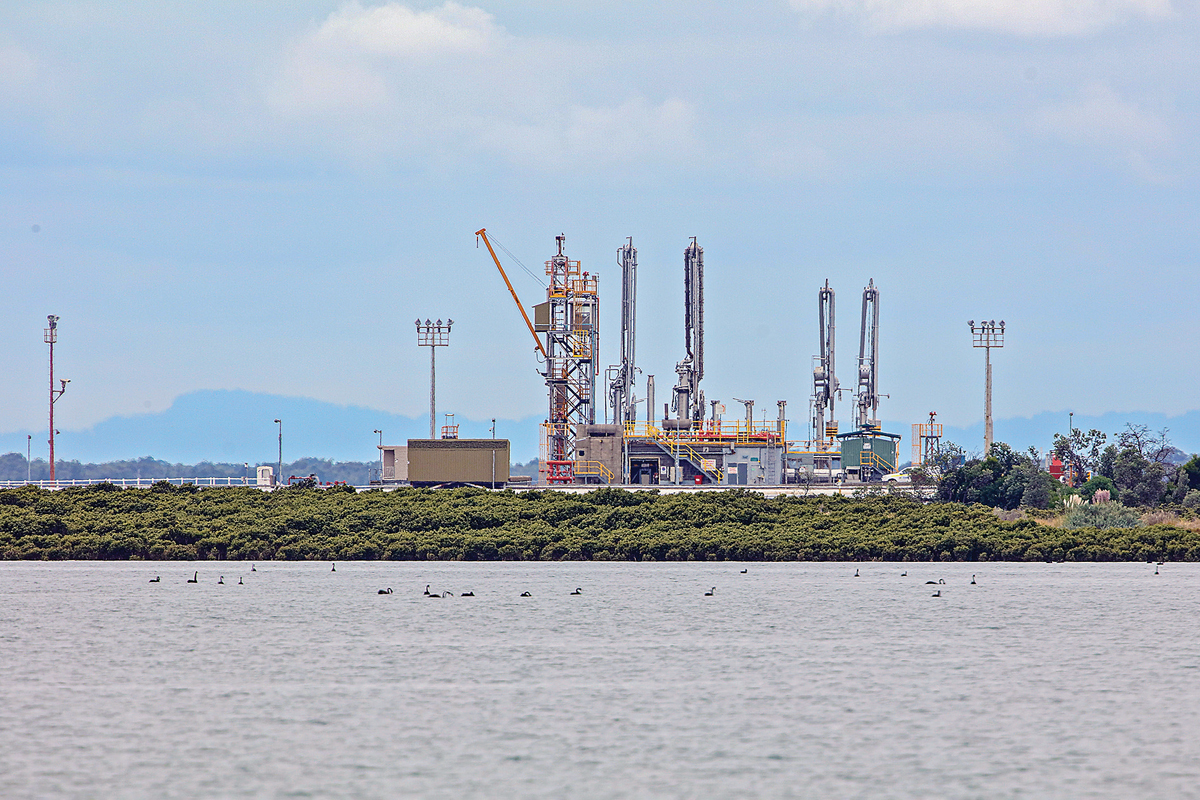THE changing direction for future energy needs has revived plans to expand and develop the Port of Hastings.
In Japan last week, state Trade Minister Tim Pallas said the Latrobe Valley-based brown coal to hydrogen project had the potential to create thousands of jobs in Victoria and “play a critical role” in reducing global emissions.
The hydrogen is to be shipped to Kobe, Japan, from the Port of Hastings.
Pallas’s comments followed an announcement that Japan will spend $2.35 billion on the brown coal project, much of it earmarked for export requirements at Hastings.
Just days later it was announced that Hastings would be an “assembly port” for offshore wind generators.
News of the Japanese government’s ongoing commitment to Latrobe Valley hydrogen production and its focus on building “commercial scale facilities to liquefy and ship the hydrogen” from Hastings to Japan has upset environmentalists.
“I was outraged at the announcement that the hydrogen export plan is said to be going ahead despite the risk it poses to Western Port from dredging and marine pests,” Westernport Peninsula Protection Council secretary Kerri Giles said.
Save Westernport’s vice-president Jane Carnegie said the coal to hydrogen pilot project was “a sham and waste of $100 million dollars in taxpayer money; a pilot that claimed it could turn one of the dirtiest fossil fuels into a form of green energy for Japan”.
Save Westernport would oppose any further development of the project at Hastings.
“We want the Japanese partners to know that this project is not wanted by the communities of Western Port – our future is based on sustainable development and tourism and no more fossil fuels,” Carnegie said.
The go-ahead for project also relies on storing carbon emissions generated in the coal-to-hydrogen in depleted Bass Strait oil and gas fields.
But even if the viability of CCS (carbon capture and storage) research is proved, experts, including the CSIRO, have suggested the cost of making hydrogen through renewable electricity powered electrolysis will be competitive if not equal to brown coal by 2025.
The state government is also looking to Bass Strait and Portland as sites for wind farms.
“The Victorian Renewable Energy Terminal will be established at the Port of Hastings, which has been chosen as Australia’s first assembly port to support offshore wind,” a statement released last week said.
“This is subject to environmental and planning approvals. An extensive consultation process is underway. This will ensure Traditional Owners, the community and stakeholders have their say.
“An independent Environment Effects Statement assessment process also needs to occur before the port is developed.”
The Committee for Mornington Peninsula’s CEO Josh Sinclair said the Port of Hastings “will play a major role in Australia’s clean energy future”.
He said the wind power announcement was “transformative for the Western Port region”.
“Local jobs will be powering our nations’ transformation to a clean energy future,” Sinclair said.
The Victorian and federal governments have already allocated $50 million each to using brown coal to make “low carbon hydrogen”.
A trial shipment of liquified hydrogen from Hastings to Japan was carried out in February, although the amount of hydrogen delivered is nowhere near the yearly target of 30,000 to 40,000 tonnes by the late 2020s, eventually rising to 225,000 tonnes a year.
The Japanese consortium behind the hydrogen project says producing 225,000 tonnes a year would prevent about 1.8 million tonnes of CO2 a year from being released into the atmosphere – the equivalent to the emissions of about 350,000 petrol-driven cars.
The trial delivery run from Hastings to Kobe by the specially built Suiso Frontier was not without incident. Although there were flames but no explosion while the ship was berthed at Hastings, the incident has been officially recorded by the Australian Transport Safety Bureau (ATSB) as “serious” (“Equipment blamed for fire on hydrogen ship” The News 20/2/23).
When asked by The News if the hydrogen would be exported from the jetty at Esso’s fractionation plant at Long Island, Yuko Fukuma from Japan Suiso Energy said: “We still have several environmental and site investigations to undertake to help identify the most appropriate location within the industrial zone surrounding the Port of Hastings.”
Meanwhile, Esso – registered as a major hazard facility – is awaiting a decision on its application to install three generators to be powered by ethane, a by-product of its processing of gas liquids (propane, butane and methane).
When not required by a petrochemical company at Altona, the ethane is burnt off, or flared.




